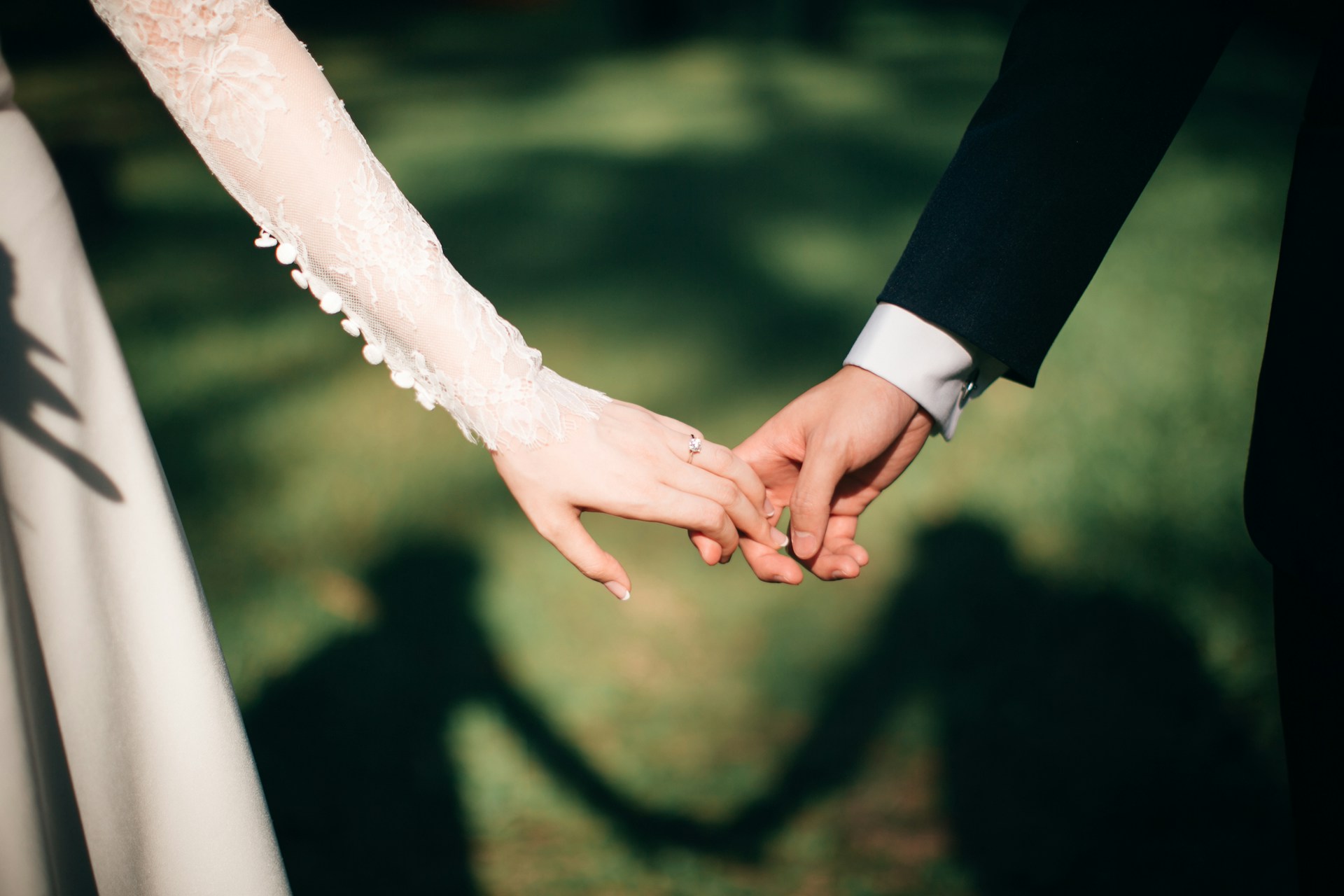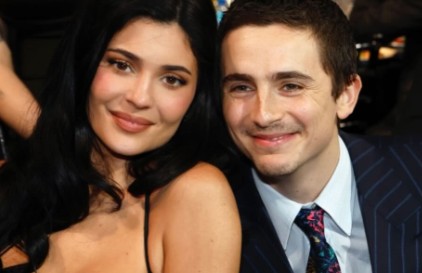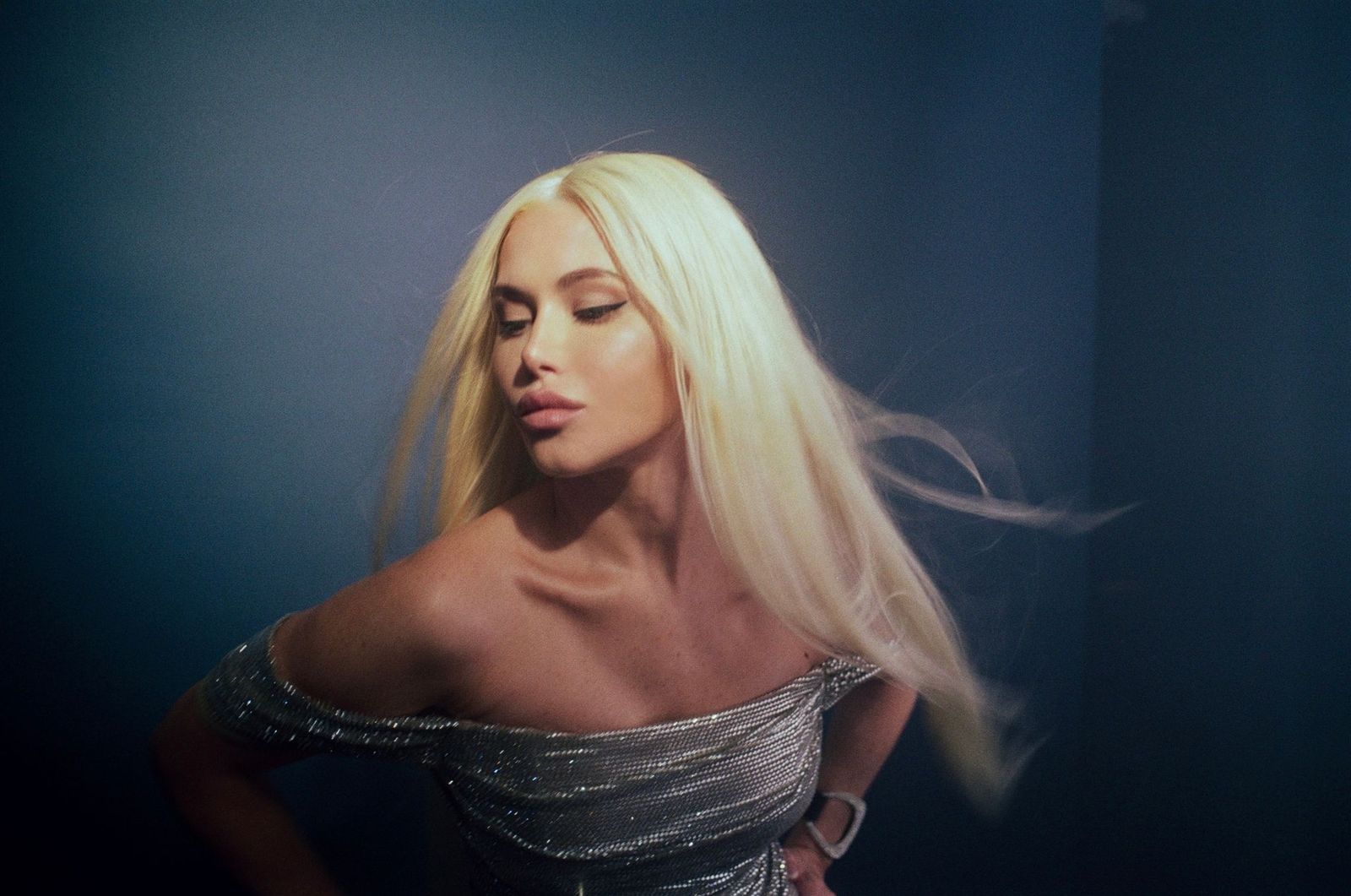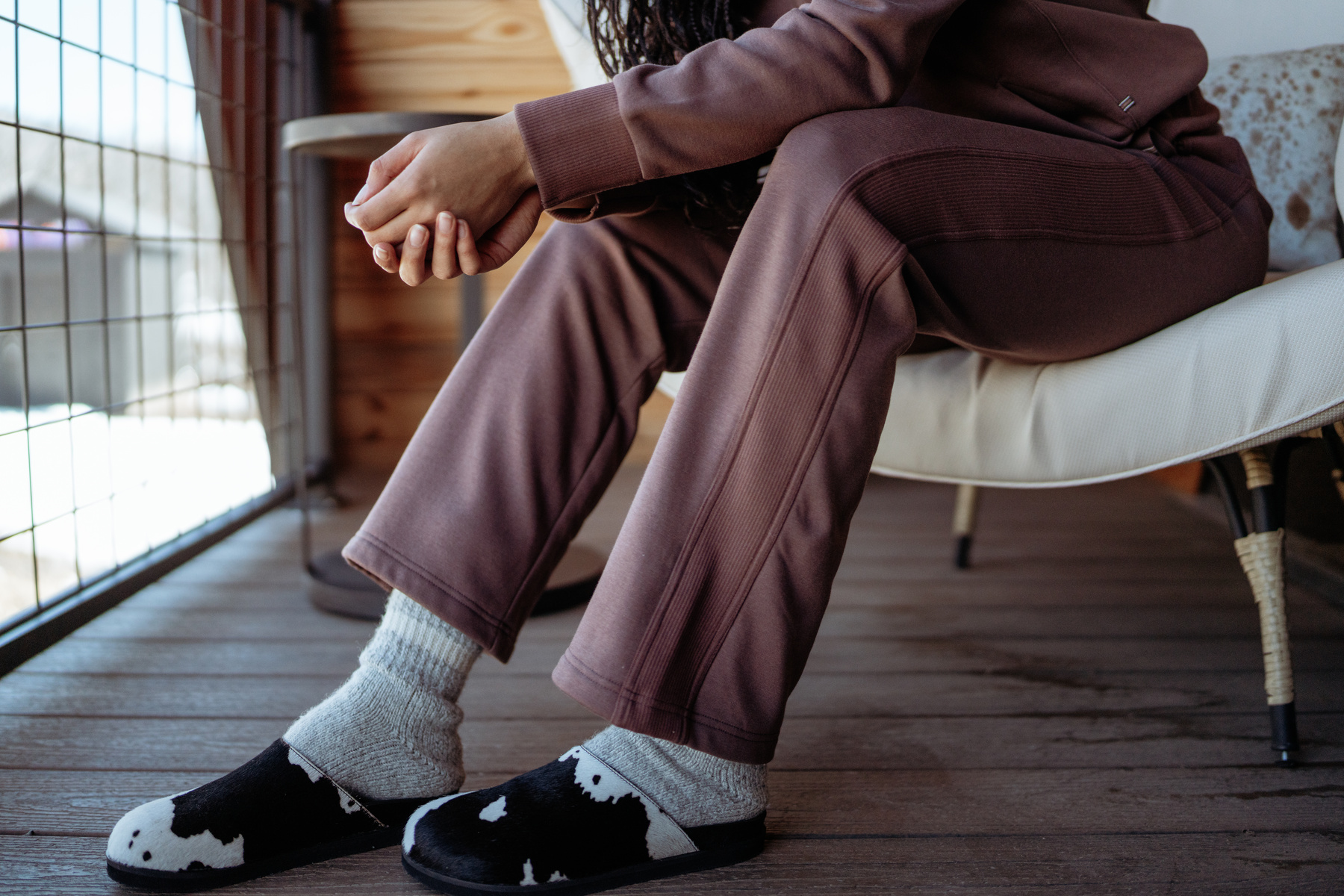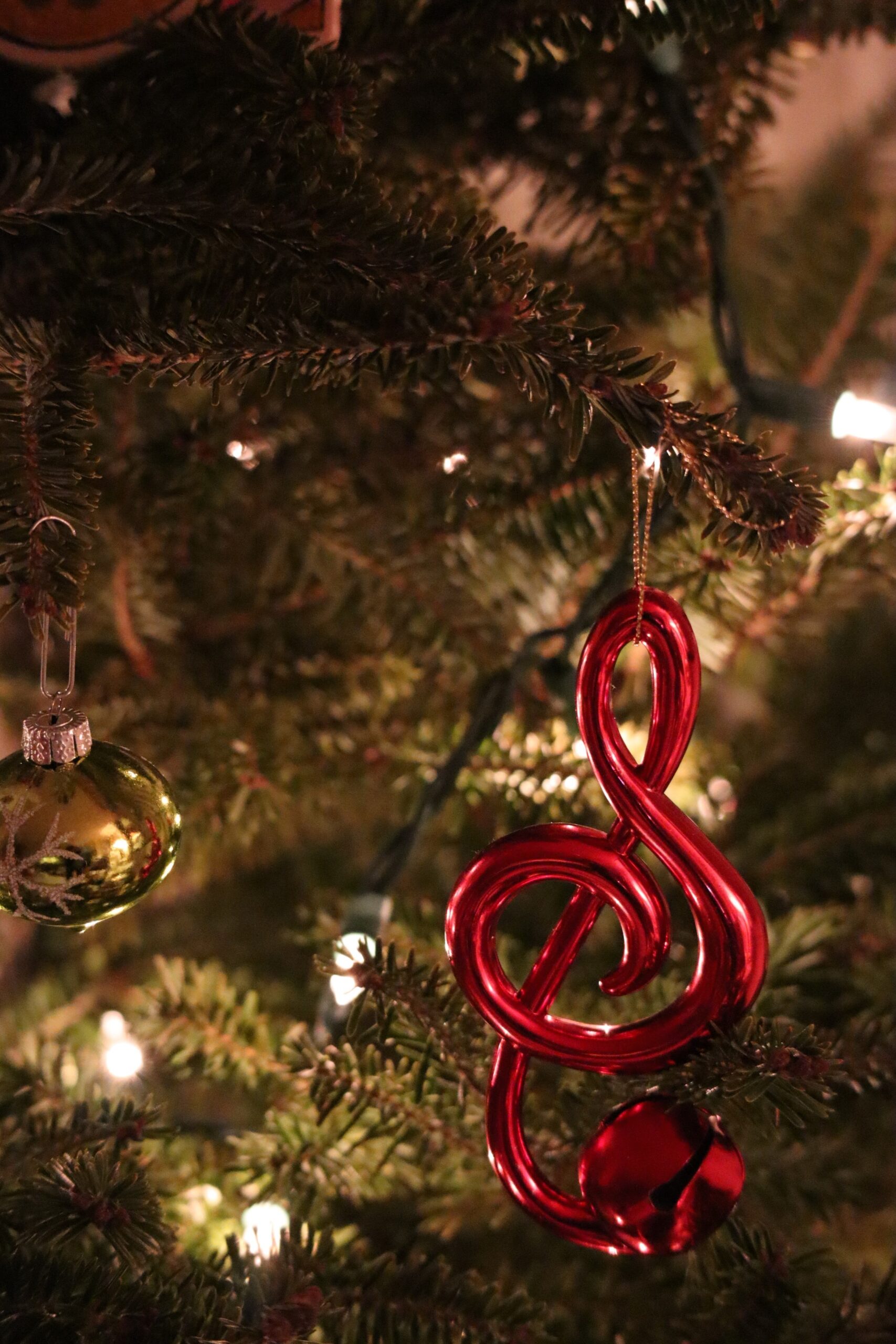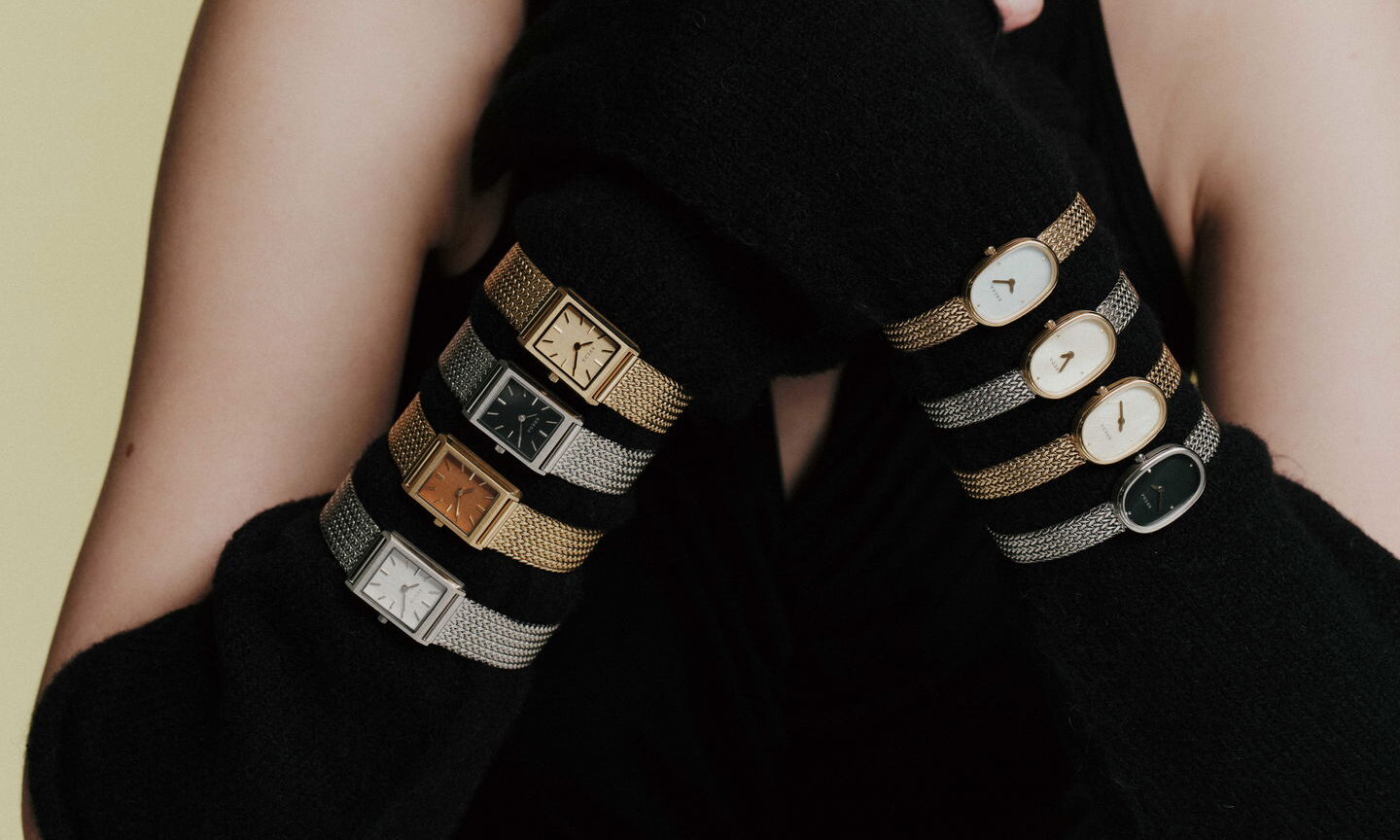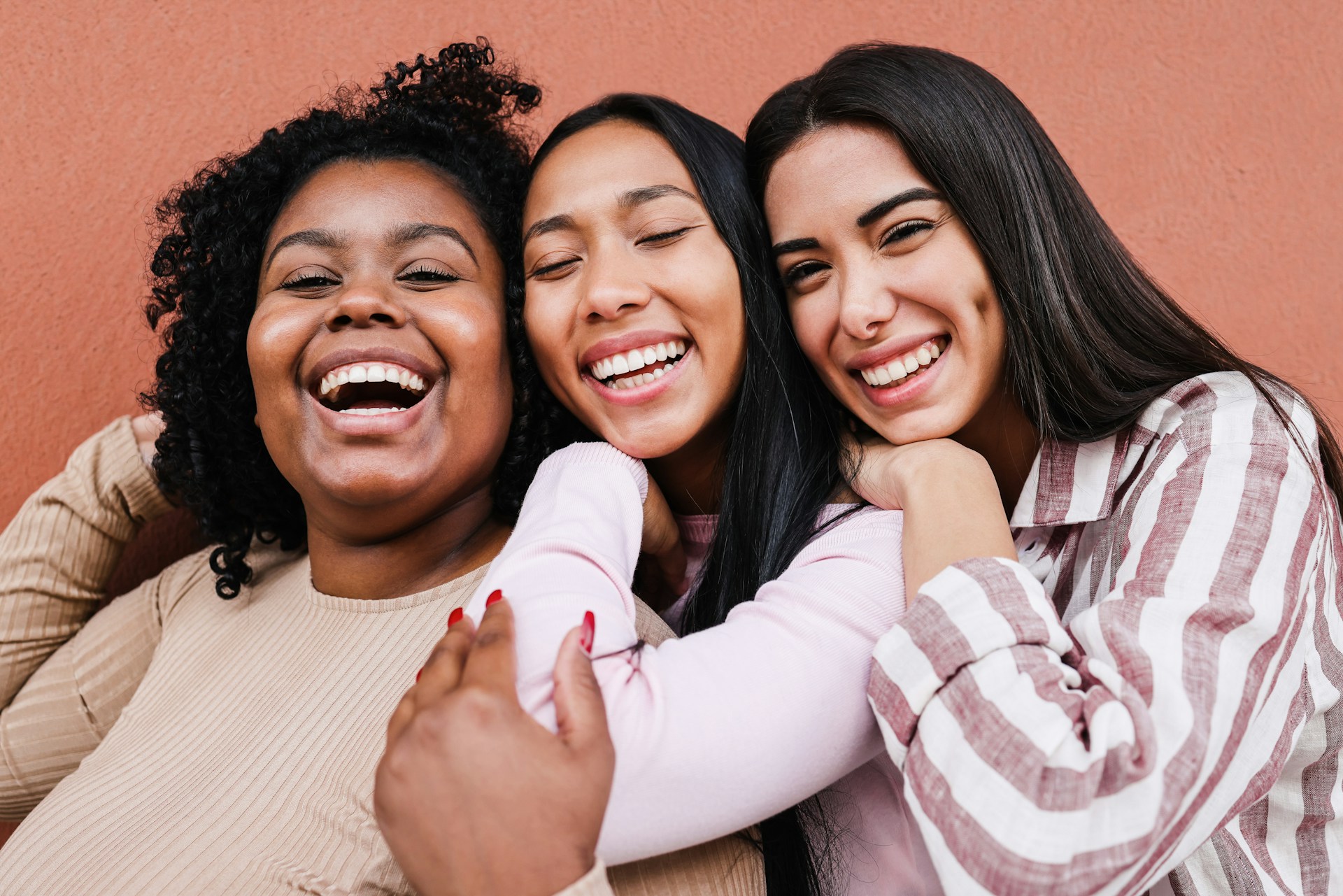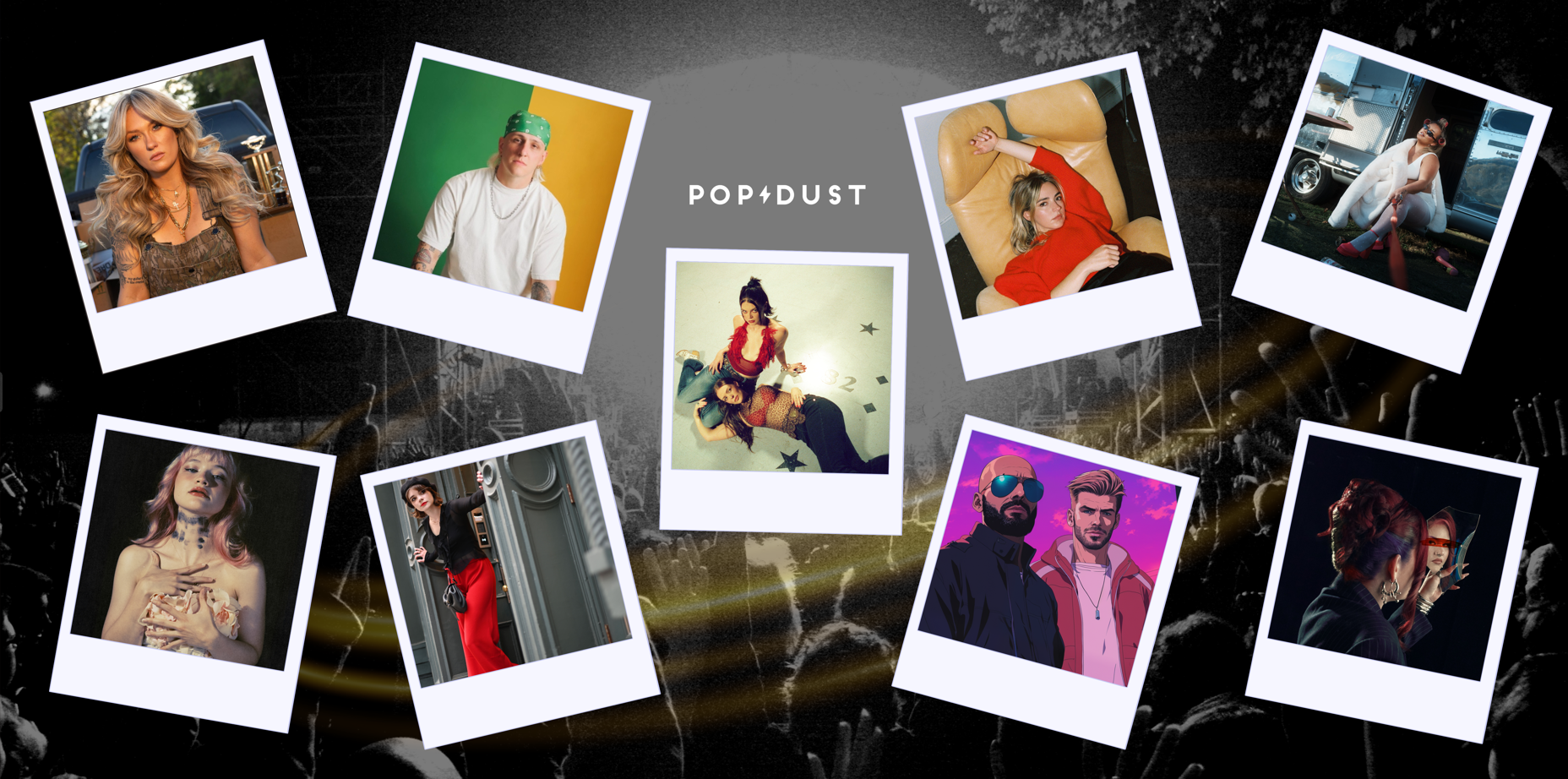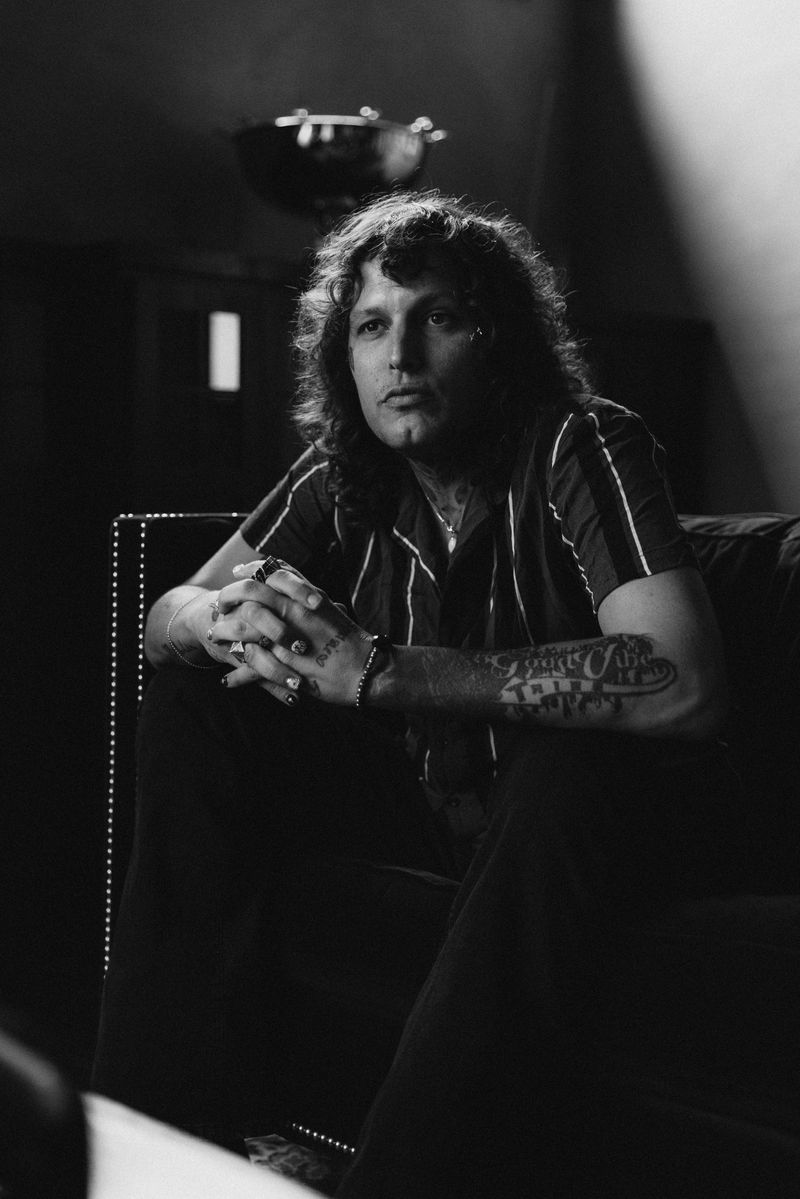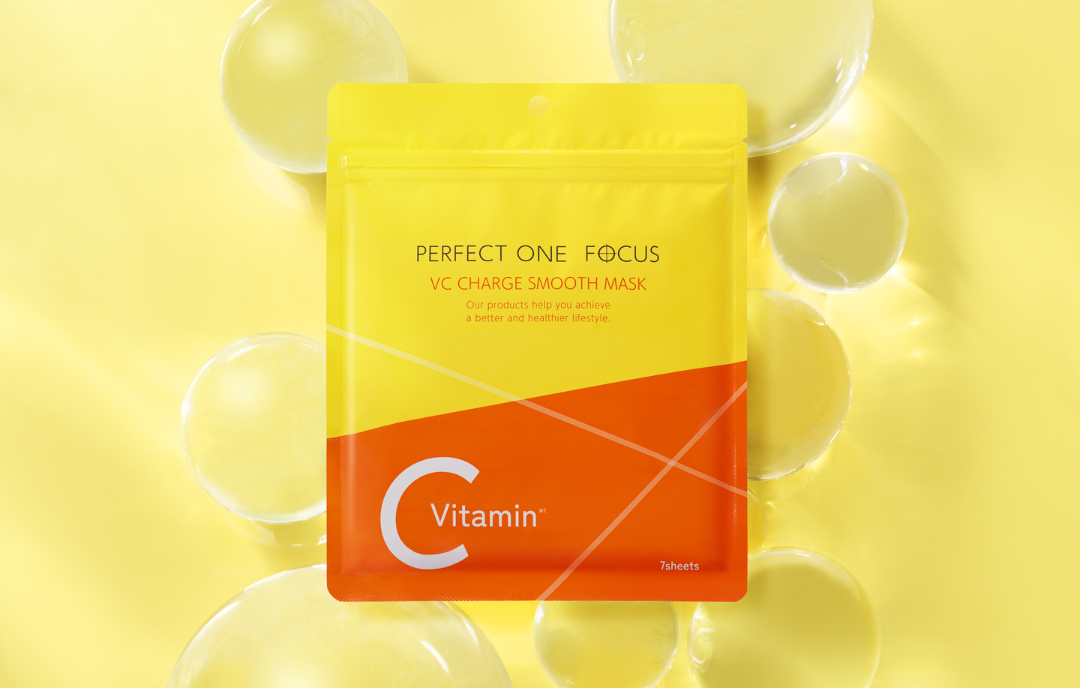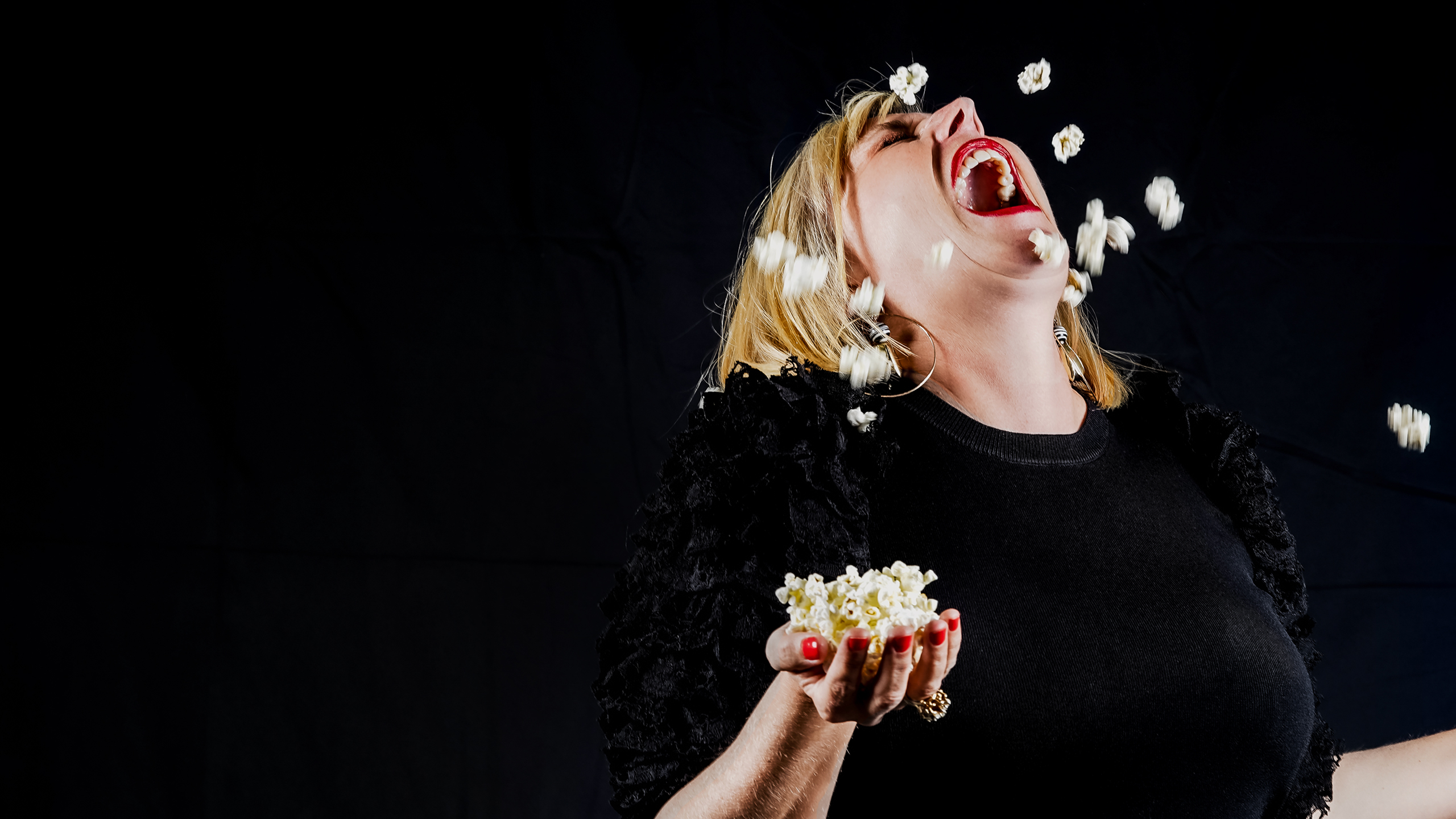Popular
The 10 Best Lesbian and Queer Movies of All Time

Unless you’re white, cis-gendered, and heterosexual, it can be hard to tough to find films that reflect your lived experience.
If you’re anything like me, you suffer through even the worst movies simply because some Reddit user said there was one lesbian kiss somewhere in the second hour of the film. Womxn-loving-womxn relationships have long been fetishized, ignored, or poorly represented in movies. But thankfully, there are a few hidden gems out there that get it right.
I mean, you can only watch The L Word so many times. So, here are the best movies for womxn who love womxn.
10. Bound (1996)
If you haven’t seen Bound, you’re missing out on a true WLW classic. Before the Wachowski siblings hit the big time with The Matrix, they made this unforgettably campy movie starring Jennifer Tilly and Gina Gershon. The story follows the torrid love affair between a mobster’s girlfriend and her lesbian-next-door neighbor. Violet and Corky are electric and funny, with plenty of drool-worthy love scenes. According to BFI and critic B. Ruby Rich, Bound completed a 90s trilogy of “Lethal Lesbians” films, alongside Thelma & Louise (1991) and Basic Instinct (1992)—a cinematic expression of lesbian feminist desire.
9. The Handmaiden (2016)
Set in 1930s Korea during Japanese rule, this South Korean erotic psychological thriller directed by Park Chan-wook stars Kim Min-hee and Kim Tae-ri. A conman recruits a pickpocket to help seduce a wealthy heiress — but instead, the women fall into an intoxicating relationship. It’s visually stunning, narratively twisty, and explicitly portrays female desire without pandering to the male gaze. Many critics hail it as a feminist and queer masterpiece rooted in self-empowerment and liberation.
8. Carol (2015)
Directed by Todd Haynes and adapted from Patricia Highsmith’s The Price of Salt, Carol follows Therese (Rooney Mara), a department-store clerk, and Carol (Cate Blanchett), a wealthy woman in the midst of a divorce. Set in early-1950s New York, their intense, emotional love affair unfolds with such elegance and restraint that its iconic status was instantaneous.
7. Desert Hearts (1985)
This film about seeking independence and self-actualization through a queer romance was astoundingly before its time. Helen Shaver plays Professor Vivian Bell, who is taking some time for herself at a ranch in Nevada after finalizing her divorce from her husband. She soon meets Cay Rivers, played by Patricia Charbonneau, who lives and works at the ranch. As the two fall in love, the movie reveals itself to be a shockingly progressive meditation on the fluidity of sexuality.
6. Pariah (2011)
A smash hit at its world premiere at the 2011 Sundance Film Festival, this stirring film cements the immensity of director/writer Dee Rees’ prodigious talent. Many directors end up making a coming-of-age movie that reflects their own experiences, but few offer a perspective as badly needed as Rees’ story about her Black queerness. The film follows the life of a teenager named Alike (artfully played by Adepero Oduye) as she discovers her sexuality and gender identity despite her more conservative parents’ backlash. While often heart‑wrenching, Pariah also makes plenty of time for self‑discovery and the joys of first love.
5. The Favourite (2018)
Is there anything better than Rachel Weisz, Emma Stone, and Olivia Coleman embroiled in a torrid love triangle? No. The answer is no. Directed by Yorgos Lanthimos, this darkly funny period piece about three women’s struggle to feel powerful in a patriarchal world is as stirring as it is bizarre. As Weisz and Stone (as Sarah and Abigail) fight for the love of the queen via sexual favors, the audience is taken on a deliciously twisted ride bursting with desire and the corrupting force of power.
4. Tomboy (2007)
Between Tomboy and Portrait of a Lady on Fire, Céline Sciamma is now a star in the firmament of queer cinema. While Tomboy has fewer spine‑tingling sex scenes than Sciamma’s 2019 offering, it’s just as powerful of a meditation on what it means to be a queer woman or gender non‑conforming individual. The film follows a 10‑year‑old named Laure who moves to a new town and decides to reinvent herself as the boy she’s always wanted to be. As we watch Laure traverse that first summer with her new haircut and oversized T‑shirts, it’s impossible not to reflect on our own childhoods, and all the ways we were shaped by the gender roles you may or may not have ascribed to.
3. The Watermelon Woman (1996)
As Autostraddle puts it, “Cheryl Dunye’s debut feature is a work of Black lesbian cinema highly aware of its place within film history.” Within this film, Dunye is not only claiming space for her Black lesbian identity; she’s also asserting her right to build a world that works for her. Funny, quirky, hot, and occasionally uncomfortable, The Watermelon Woman is required watching.
2. But I’m a Cheerleader (1999)
If you haven’t already seen this defining work of queer cinema, it’s time to change that before your next Taimi date finds out how behind you are. Perhaps one of the best things about this movie is how thoroughly misunderstood it is by straight audiences and critics. It was first released to very poor reviews because the largely cis‑het critics in charge of reviewing the film just could not understand how the traumatic subject matter could co‑exist alongside a decidedly campy, spoofy aesthetic.
But the queers get it, and we love it. The movie’s satirical bent mocks the absurdity of homophobia while Natasha Lyonne and Clea Duvall give such grounded, relatable performances that you can’t help but feel their specific brand of young queer yearning right along with them. The movie also includes performances from Melanie Lynskey, Michelle Williams, Cathy Moriarty, Mink Stole, and RuPaul.
1. Portrait of a Lady on Fire (2019)
Directed by Céline Sciamma and starring Noémie Merlant and Adèle Haenel, Portrait of a Lady on Fire is one of the most beautiful subversions of the male gaze to ever be shown on a screen. The period piece takes place in France in 1760, and follows the story of portrait painter Marianne (Noémie Merlant) and Héloïse (Adèle Haenel), a rich noblewoman engaged to be married to a man she’s never met. Marianne comes to stay with Héloïse in order to secretly paint a portrait of her to be sent to her husband‑to‑be. What ensues is a powerful battle of wills that ultimately sparks a firey intimacy between them. As I’ve previously discussed, the most powerful thing about the film is Sciamma’s ability to build a world that’s just about completely free of toxic masculinity or the male gaze.
Related Articles Around the Web:

